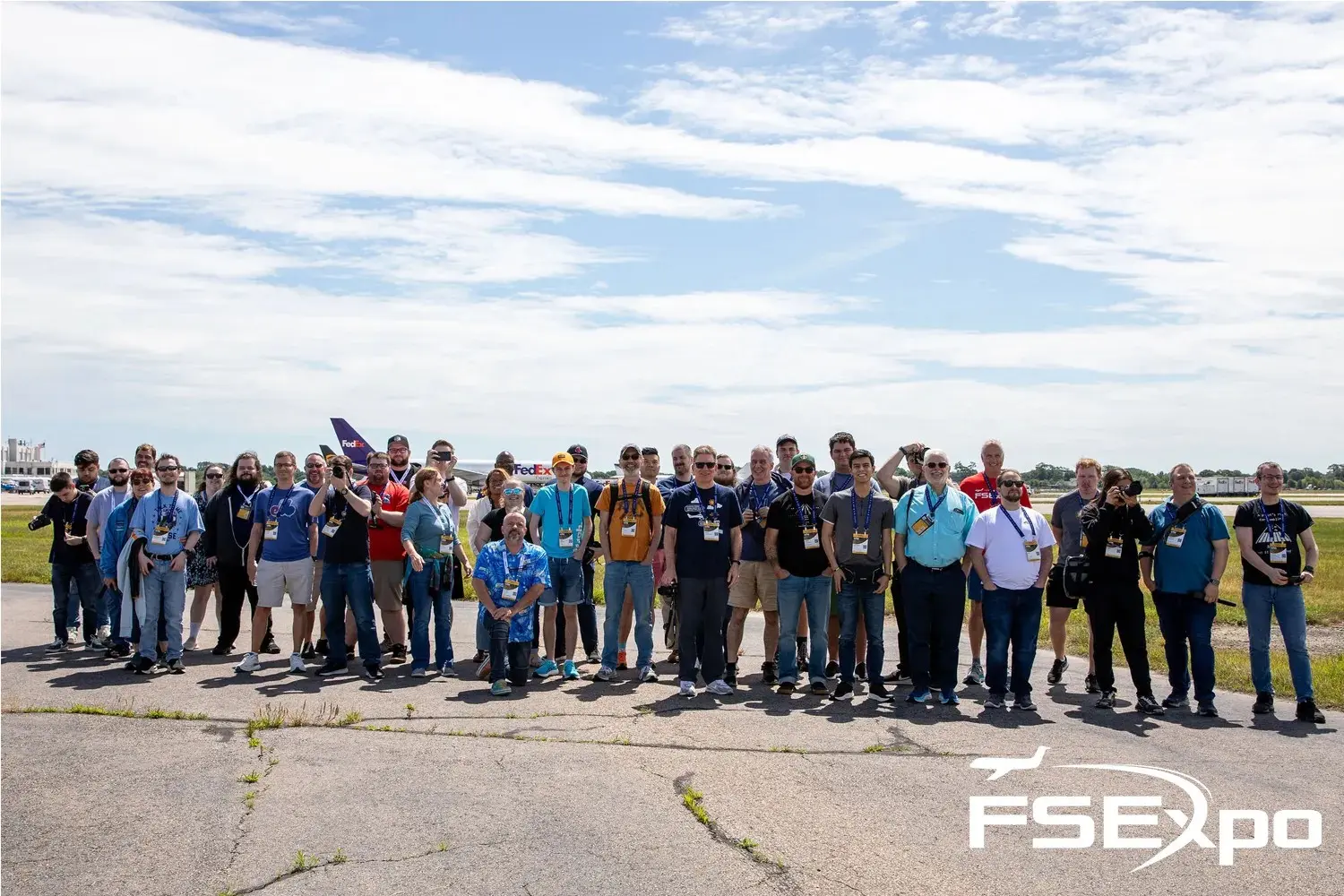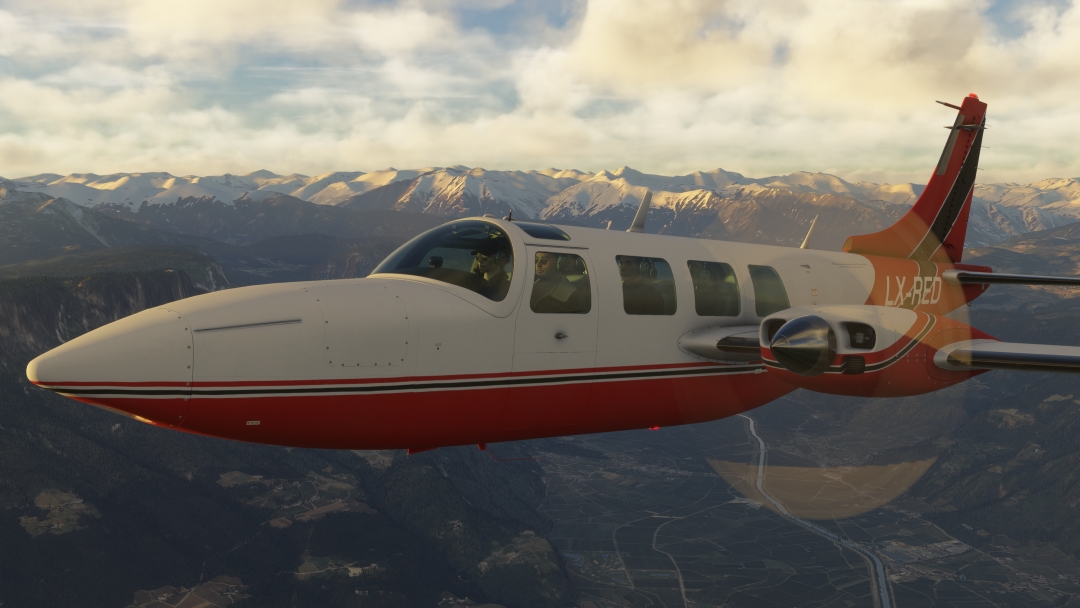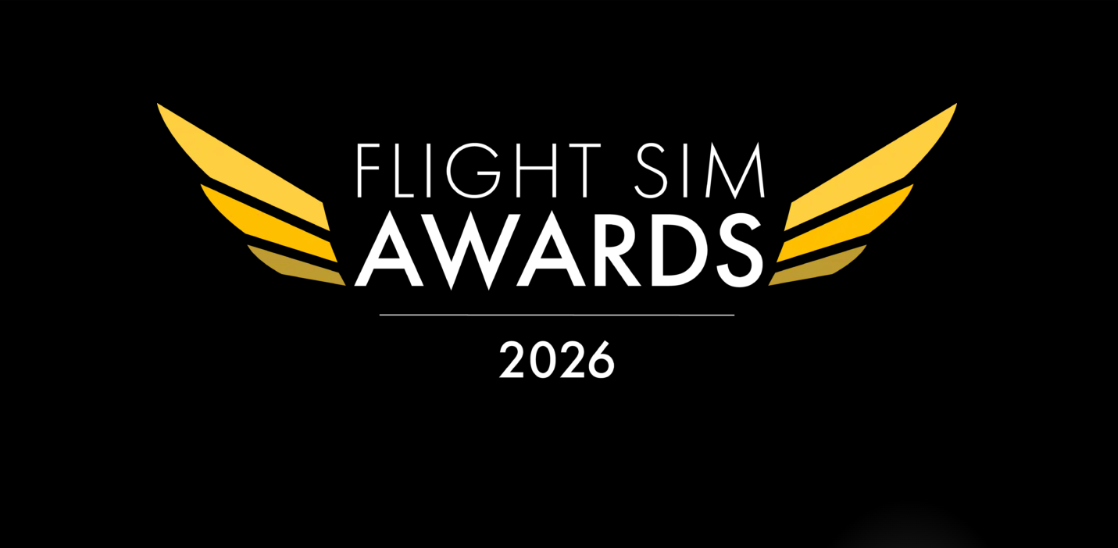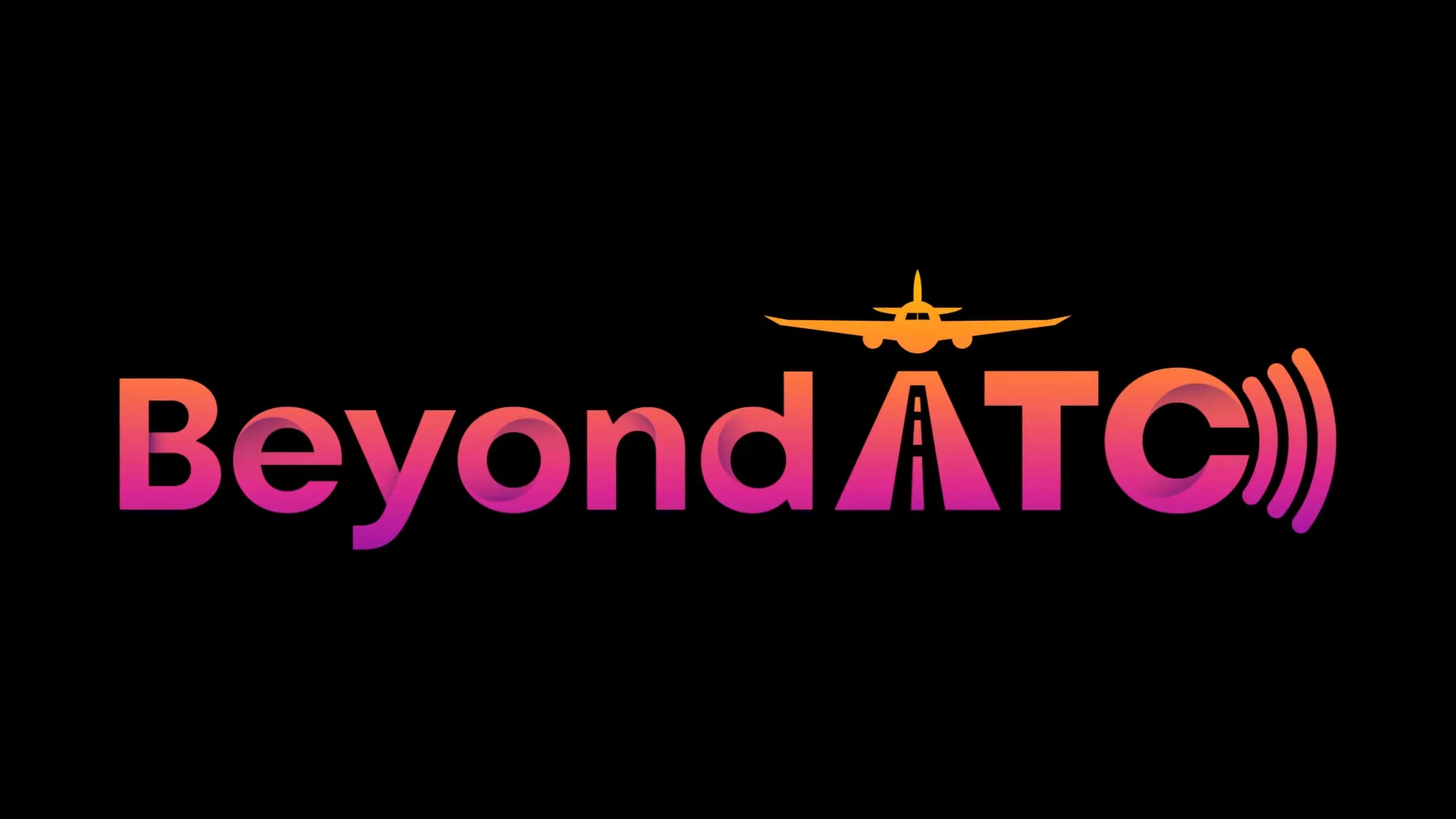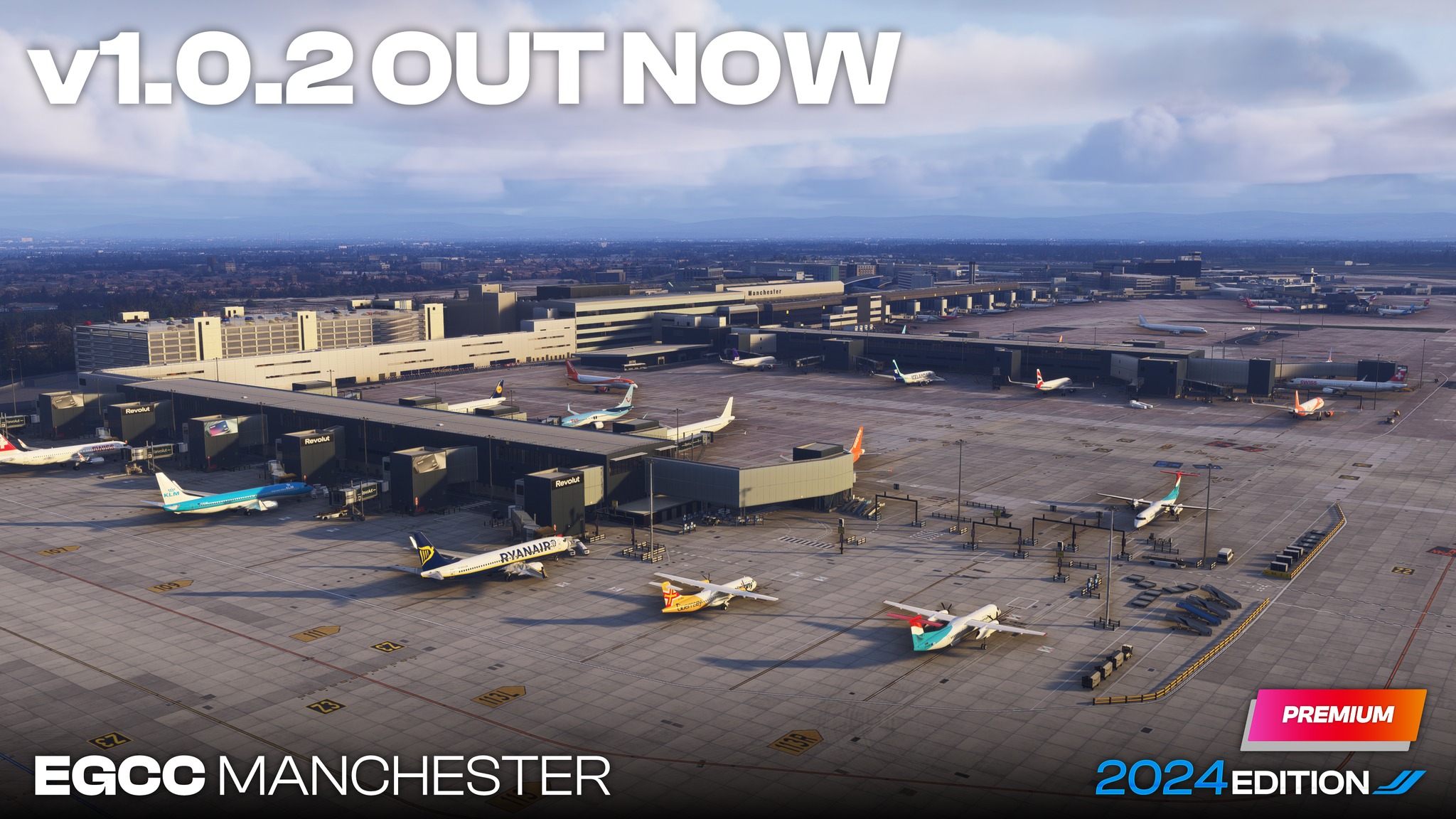Microsoft Flight Simulator May 28th Development Update and IFR Details
This week’s update from Asobo Studio is out, as well as a new feature discovery episode. According to Asobo, the Alpha 3 update should become available within the next 24 hours, featuring updates to peripherals, planes, the interface, and general stability.

The patch notes for Alpha 3 are as follows:
Peripherals and Controls:
- Fixed loading of the save-buffer size when loading into the XBOX Live Cloud saves – this will fix the issue that was creating new input profiles for peripherals
- Similarly but not the same, fixed the loading of save-files from the cloud
- Fixed the issues when setting up peripherals to allow you to validate set up
Planes:
- Cockpit plane interiors have been updated on the 747
UI and Controls:
- Fixed issue that was preventing users from exiting the Control Settings screen in the UI
Stability:
- Fixed the crash after selecting a custom profile when setting up a peripheral
Also to be noted, more alpha invites were sent out today.

In addition to the Alpha 3 announcement, simmers were also treated to episode eight of the feature discovery series. The focus of this episode was IFR, and lead designer Damien Cuzaco outlined the primary aspects that the simulator would focus on.
Navigation Data:
According to Cuzaco, Asobo has partnered “with a service company (Navblue) dedicated to flight operation and air traffic management.” This gives Flight Simulator 2020 access to an ARINC 424 navigation system database, which is updated with every AIRAC cycle. The data included contains waypoints, VORs, NDBs, comm frequencies, localizers, controlled/restricted airspaces, approaches, and SIDs/STARs.
Flight Planning:
Once a start and end airport have been inputted to the simulator, the user can select preplanned routing based on the type of flight they want to make. This includes direct routes, VOR to VOR flying, as well as low and high altitude IFR routes. All routing can be manually edited to the user’s liking. The default flight planner can utilize SIDs/STARs, ILS, VOR, and RNAV approaches. Cuzaco says this will allow the user to generate “true to life” routes. Flight plans can also be loaded into the simulator from external tools. Active flight plans will be loaded onto aircraft instruments, where they can also be created and edited.

Instruments:
Numerous different instrument panels are available on the general aviation aircraft, including the Garmin GNS430, GNS530, G3X, G1000, G3000, and G5000. For the airliners (with an FMS) there’s a CDU or MCDU containing the core functions of preflight, init, flight planning, radios, and perf. Also available in the airliners is a functioning weather radar.

Navaids:
The three most common navigational aids are available in the simulator with ADF, VOR, and DME navigation at the simmer’s disposal.
Air Traffic Control:
All ATC takes both live and AI traffic into consideration. ATC was demonstrated for ground, tower, departure/approach, and multiple centers. SIDs/STARs and vectoring (on published approaches) can now be controlled as well. Communications with control can now also be given to your virtual co-pilot. You will also hear ATC talking to other traffic, and even asking them to report you in sight if you are close enough to another aircraft.
That concludes this week’s development update from Asobo Studio. The original development update can be viewed here. The IFR Discovery series episode is available on Youtube and can be found here. Previous articles about Flight Simulator 2020 can be viewed here.
Share this page
COMMENT ADVISORY:
Threshold encourages informed discussion and debate - though this can only happen if all commenters remain civil when voicing their opinions.




